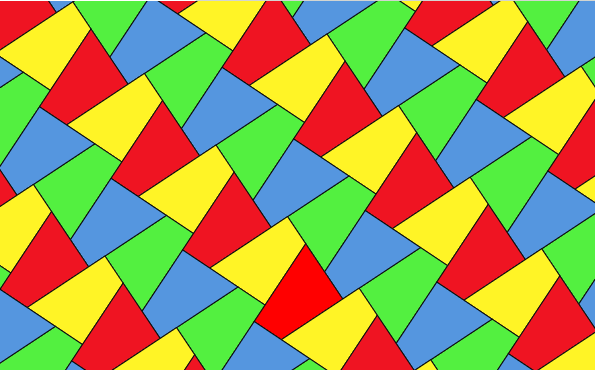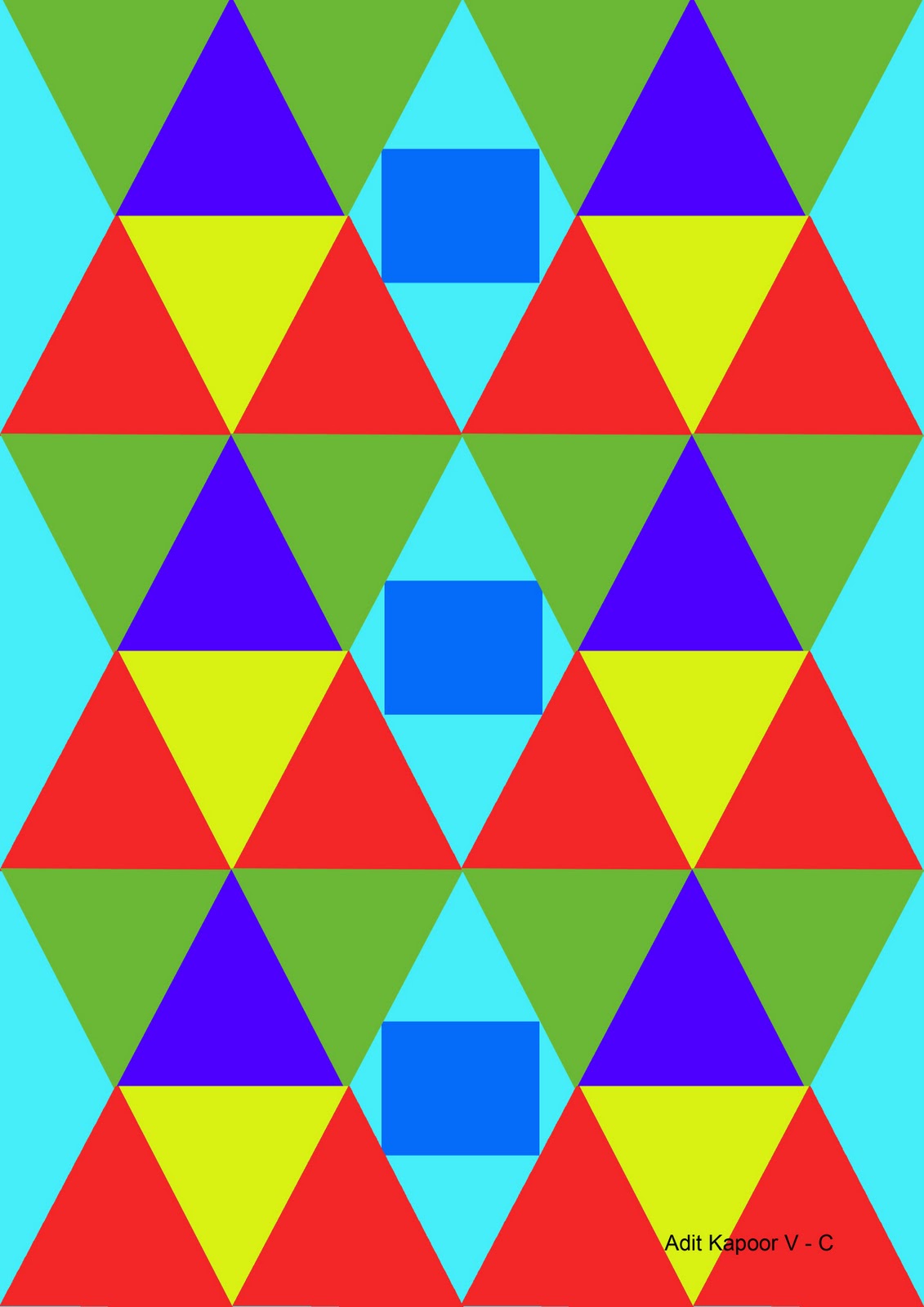
The Javascript compiler/interpreter in Chrome, and other browsers too it seems, are constantly looking for ‘hot’ objects and functions - those that are used or called very frequently - and will attempt further optimisations on them dynamically as the script runs and it learns more about how they are used (commonalities in the types of data stored/sent, how often values change, etc). The second surprise was the effect of running a longer sequence of tessellations within the same script. This evens out for subsequent user-invoked calculations and the results become more consistent. The amount of variation was such that a good load with libtess could sometimes be faster that a bad load with earcut. Obviously there is so much going on in parallel when assembling the page that the very first calculation has to wait it’s turn for resources. The first surprise was the variation in initial calculation times as the page loads. This is where the surprises really started. The next step was comparing computation times with libtess. Obvious in hindsight, but that one did cost me a bit too much hair and a few too many precious hours pulling it out. It turns out that only sending it 2D coordinates was also the key to solving the problem as I could then assume that any vertex with 3 values had already been transformed, so I could ignore it. It was then that I twigged that I was likely applying the rotation more than once to each of the shared vertices. It was only when I went right back to basics and only sent 2D coordinates to the tessellator did I notice that, when stepping through the final rotation vertex-by-vertex, I would occasionally see a 2D coordinate with 3 values. It wasn’t in any way obvious that the vertex arrays with the same x, y and z value were often the same array, just referenced more than once in the list. In my defence, this wasn’t easy to spot as the debugging console simply showed the result as a long list of arrays, three for each triangle. The resulting triangle array from earcut.js was simply using shared vertices. In the end it turned out that I’m an idiot. I figured that if I couldn’t get this method to work here, then I probably wouldn’t be able to use the Javascript Clipper library either so my other work would also be stuck. Everything looked to be going fine and all the numbers matched up until the very last step: rotating the 2D triangles back into their 3D position.

#Tessellation triangle 3d manual
I spent a good few hours tracking the process through and comparing each step with manual calculations, but there seemed absolutely no discernible logic to the final arrangement of shards. However, this resulted in what looked like a random explosion of triangular shards.

My theory was simply to use a quaternion to rotate each polygon flat in the XY plane, tessellate to generate 2D triangles in X and Y, then invert the quaternion and rotate the triangles back into place. However, getting it to deal with 3D polygons had me utterly stumped for quite a while. My initial implementation of earcut.js and some experiments with 2D polygons looked really promising. The rest of this post is a bit more detail on the actual implementation and some of my stumbles along the way. I also added a simple user interface that lets you select from a small number of test cases and displays the triangle count and computation time for each method. To make things a bit more interesting, it can extrude the polygons and tessellate all of the faces. I managed to put together the above demonstration app using WebGL that shows the two tessellation algorithms in operation and allows you to visually compare the results.

On the other hand, earcut.js is not quite as robust, though still pretty good at all but a few outlying cases, but is blazingly fast. As time is money, especially on a server, I thought that I would see if I could get it working and maybe compare speeds against libtess.js.įrom my reading on the matter, a general consensus seems to be that libtess.js is the benchmark in terms of overall stability and robustness, but the cost for that is a bit of speed.

However, I have also been looking at Javascript Clipper for some related work on polygonal shadow projection and had seen some references to the earcut library which was supposed to be a much faster tessellator. It has easily handled everything I have thrown at it thus far and has proved to be a pretty good solution. I started out using libtess.js as it has a dead-simple API (same as OpenGL GLU) and supports 3D polygons straight out of the box. I have been writing a gbXML parser in Node.js recently and experimenting with the tessellation of complex polygons into a renderable triangle mesh.


 0 kommentar(er)
0 kommentar(er)
